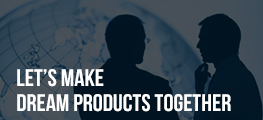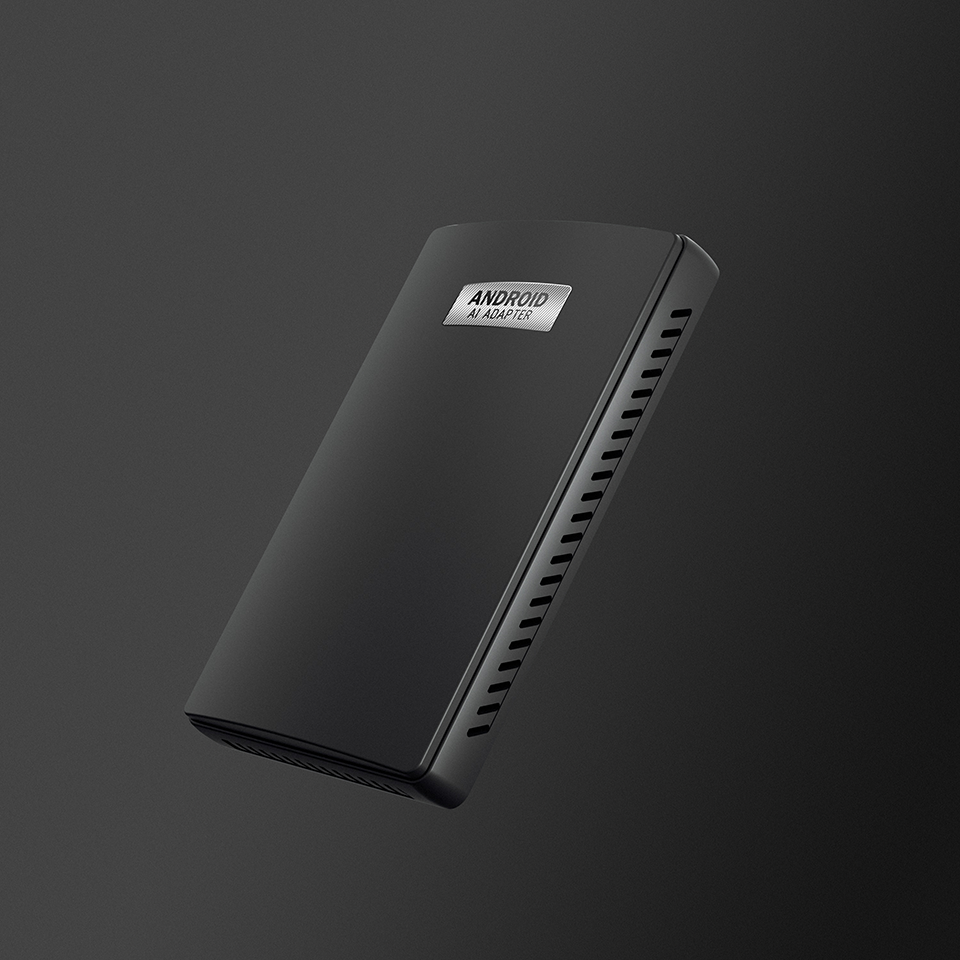Recently, Toyota announced that it would launch vehicle entertainment information systems based on the car Linux (AGL) platform on the 2018 Camry cars which sold in the US market, and more and more companies wanted to open source platform to be the industry standard for networked cars to reduce R&D costs.
Linux (AGL) is an open source project hosted by the Linux Foundation. There are more than 100 registered members to develop Linux based operating systems and applications through code sharing. And the TOYOTA endorsement is significant to the future development of AGL. In the background of Apple CarPlay and Google Android Auto constantly to plunder the market. AGL really needs the support of car enterprises like Toyota.
However, as long as you look through the roster of registered members, it is not difficult to find out the overwhelming quantitative advantage of Japanese companies. It is no doubt that AGL Platinum members include Dentsu, Mazda, Panasonic, Renesas, Suzuki and Toyota, so many analysts believe that AGL has geographical limitations on the attractiveness of enterprises.
It seems that AGL's regional dominance may be reflected in the concentration of Asian companies, especially in Japanese, just like Genivi in Europe. However, Toyota's strong support seems to have added a lot of chips for AGL's success in the large market. After all, the establishment and implementation of any standard is inseparable from the support of OEMs like Toyota.
Then the problem is coming. What’s the range of AGL penetrate most of the global automotive market? Except for AGL, there are still many software platforms for vehicle-level, and each has a stable number of customers.
Of course, the highest market share is QNX, but Wind River and Green Hills are also ahead of AGL. Mentor Graphis is also an automotive Linux supplier, and Green Hills' automotive platform also supports the integration of QNX and other Linux systems. In contrast, AGL believes that strength lies in “sharing an open source platform, high code reuse rate and more efficient development process”, with the aim of “minimizing the cost of R&D, shortening the time required for new products to be put on the market, and reduce the abruption development trend of the whole industry."
However, the reality is cruel. For OEM and Tier 1 suppliers, AGL is not the only choice in the market. At present, many OEM are already developing Linux based software platforms, and they are also enjoying the dividends brought by open source software. The current car companies that choose open source software OSS are Honda, Volvo, PSA, Renault, Jaguar Land Rover, BMW and Nissan. Some OEM including Toyota, GM, Ford, and Mercedes-Benz have developed their vehicle entertainment information systems based on QNX, but they are also testing the application potential of OSS in some vehicle systems, but the specific proportions have not yet been publicized.
In addition, Audi / Volkswagen adopted a strategy of independently developing the OS software platform, but this platform has used a variety of middleware components, but mainly consists of QNX. Of course, this aspect is the public has implemented internal supervision on the state of software development and worried about the software IP and security of OSS. It is worth mentioning that Elektrobit, which was previously acquired by the mainland, owns 51% of e.solutions (the other shareholder is Audi), while e.solutions' car entertainment information system solution adopts the middleware product strategy.
Ambition is more than car entertainment information system
In a recent news release conference, AGL officially released the message: "Although the initial focus is on the car entertainment information system, it is planned to be involved in all vehicle software applications in the future, including instrument displays, head-up displays, Internet of Vehicles, ADAS and Autopilot."
But what is the stage of the ADAS application that AGL plans to push its open source software to which steps? I believe this is the place that everyone is most interested.
Although AGL often emphasizes its full-field layout in the car, currently it is the only Linux alliance focused on functional safety, and it is also conducting research in the joint open source vehicle R&D lab. However, it is doubtful that it is making a fuss about "functional safety", and it may be a gimmick for propaganda.
We have never found the shadow of the AGL index library on any of the mass production ECU of ADAS or autopilot systems; secondly, we have never heard of any form of Linux platform used on these systems; Unlike QNX or Wind River, which is an RTOS real-time operating system, security and anti-jamming are the primary development goals
AGL vs. Genivi
If Japanese car companies bet on AGL, many European car manufacturers turned to support Genivi. But Genivi is a non-profit alliance that focuses on developing in vehicle entertainment information and an open Internet platform for cars, as well as communication and interaction with industry organizations and institutions such as the Linux Foundation, which hosts AGL.
According to Mike Demler, senior analyst at Linley Group, Genivi and AGL are consistent on certain goals, and both parties have some members and customers. However, compared to AGL, the Genivi Alliance may be focused on the development of vehicle entertainment information and intelligent internet platform systems, and AGL has begun to involve ADAS and autonomous driving related services.
Of course, one difference between the two organizations is that Genivi is trying to solidify the industry's standards for a technology (such as auto entertainment information systems) into a configuration or physical product. But in fact, AGL is doing similar things, it develops software code that can be shared among membership.
Summary
The complexity of the automotive industry is that different component suppliers (software and hardware) need to co-exist in a system, which is an automotive ecosystem of different levels of network. The AGL project has been in existence for less than five years now, and its Platinum members are almost Japanese companies. In contrast, Mercedes-Benz and Ford are only low-ranking silver and bronze members. However, the automotive industry is the most dislike of monopoly and closed operating systems, and the use of the same platform can enable different levels of suppliers and car companies to get benefit at the same time.
But as mentioned earlier, AGL is not the only system that is currently available at the OEM. Like Wind River, it is very active in the field of vehicle information entertainment system, and it is also a silver grade member of AGL. As with other versions of Linux, you don't have to need a set of open platform to support open source code. AGL definitely hopes to expand its market share with the full bet of the in-car software platform industry chain, but can’t look down on competitors such as BlackBerry QNX, Wind River, and Google Android, It seems unlikely that victory will be achieved in a market where profits are constantly partitioned.
At the end of last year, TOYOTA announced the interconnection strategy, but it had nothing to do with Google / Apple's these technology companies. And car companies choose to set up by themselves for profit consideration. Instead of spending more time on the right of customer data, it is better to use the open platform to make a system, which may be the biggest concession that the relatively conservative Japanese companies can make.


.png)
_副本.png)
